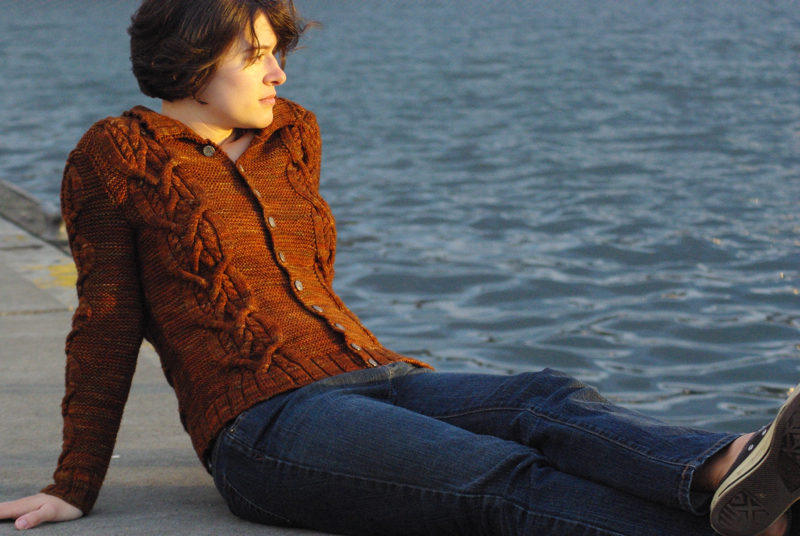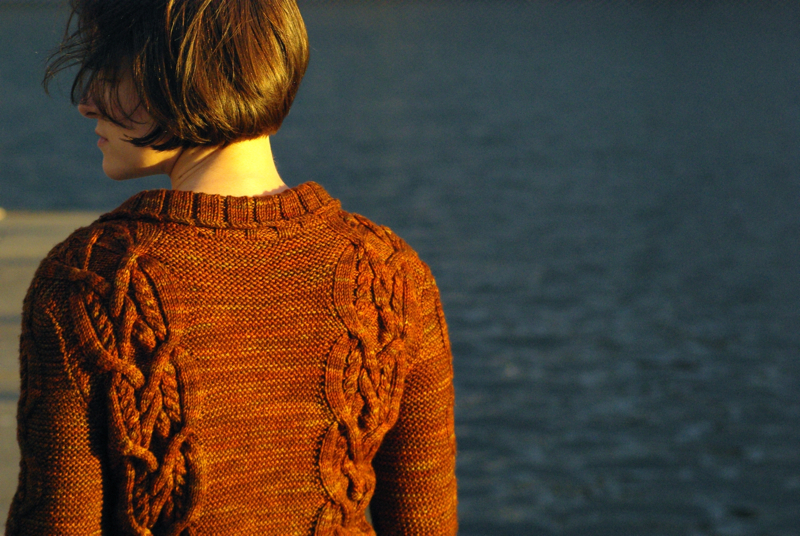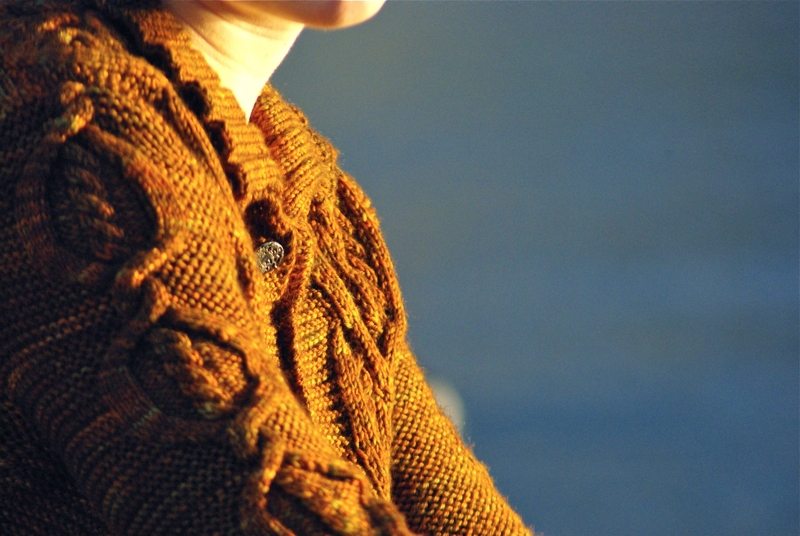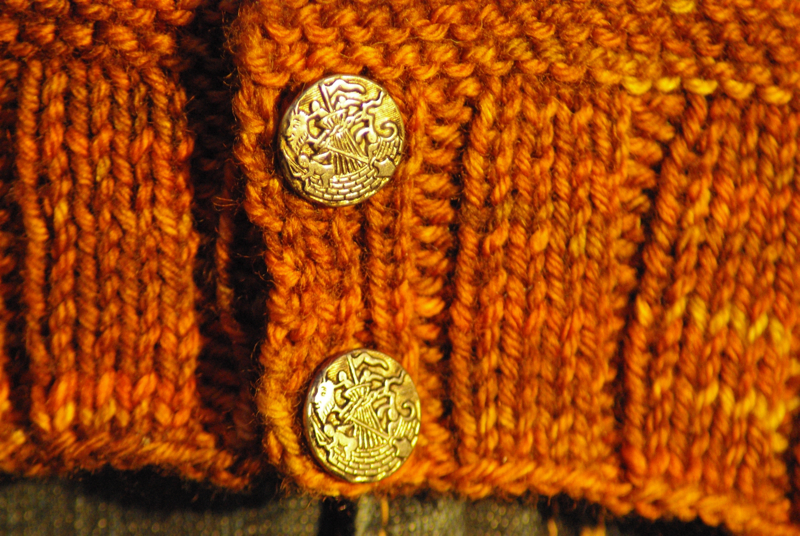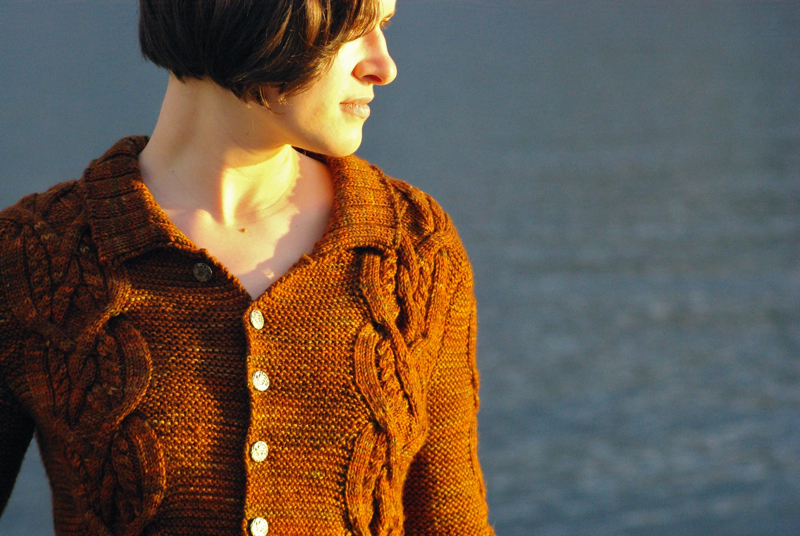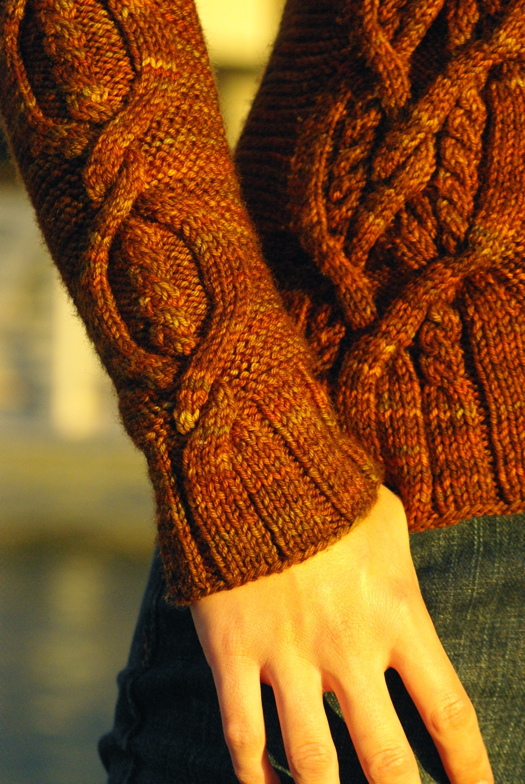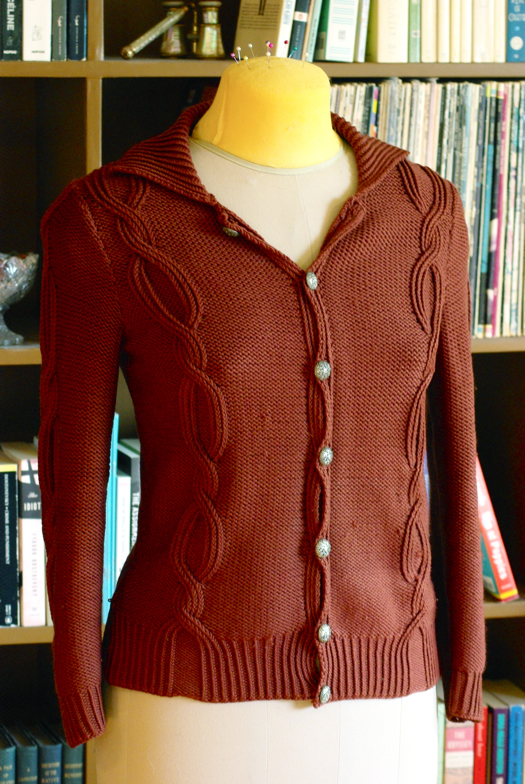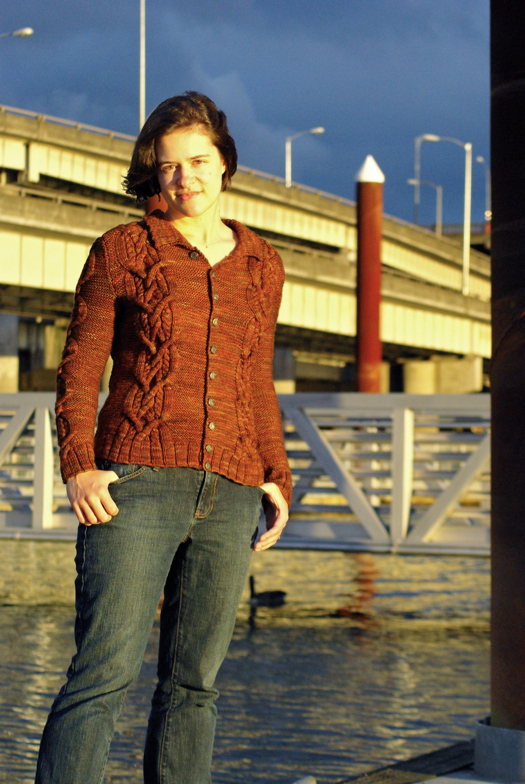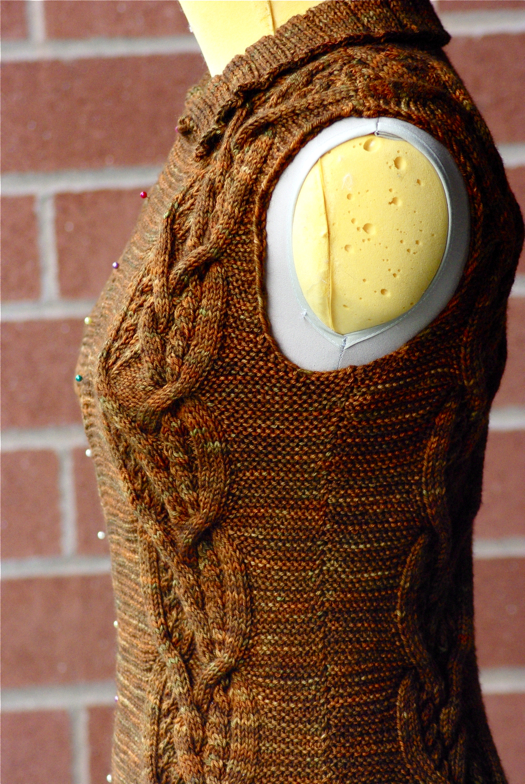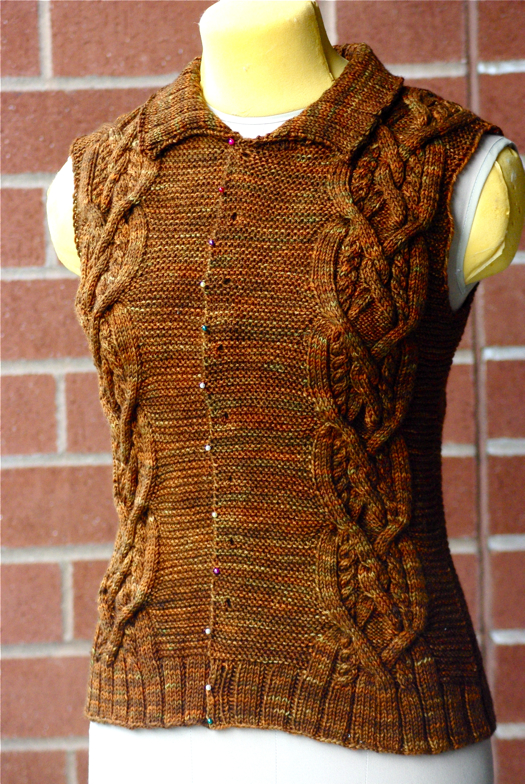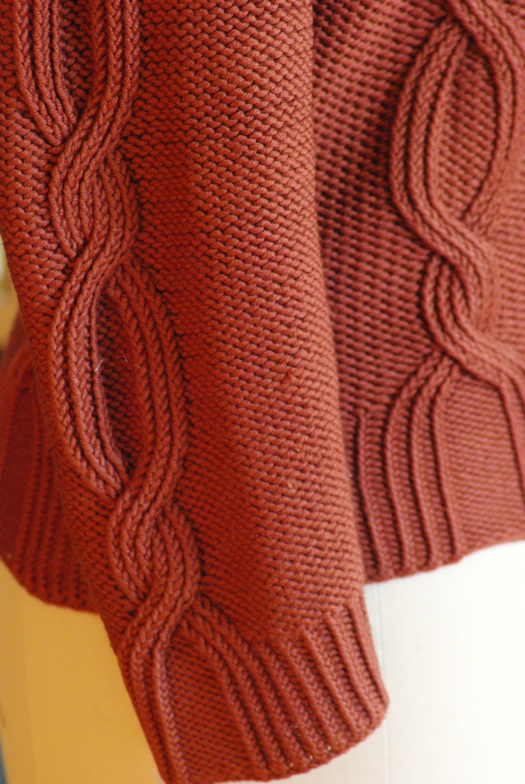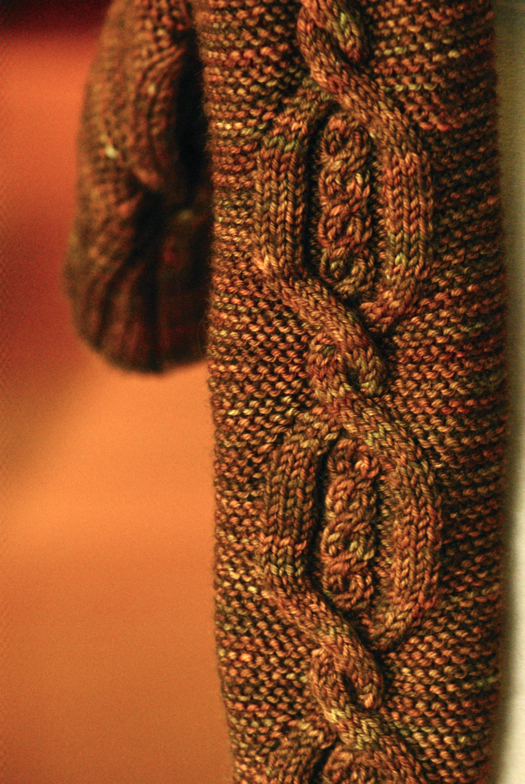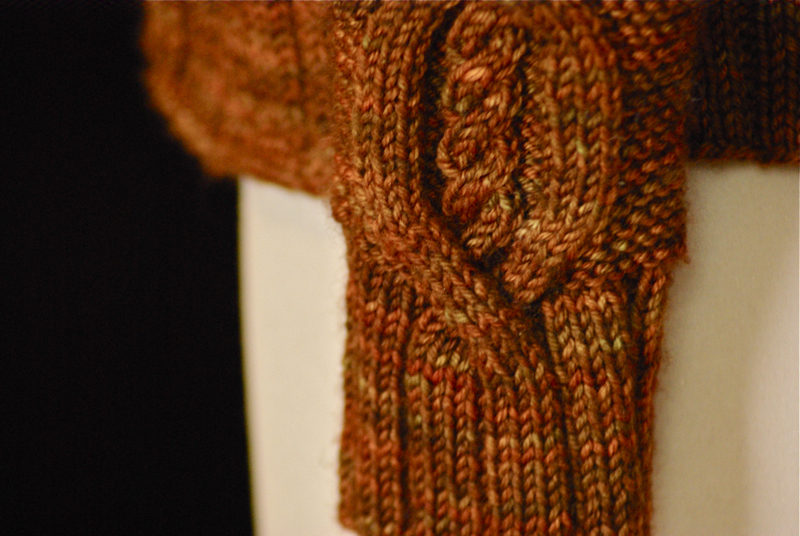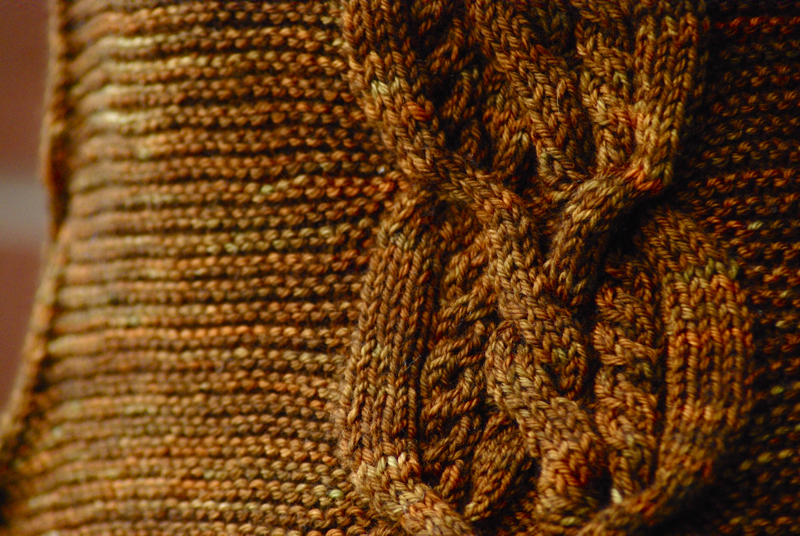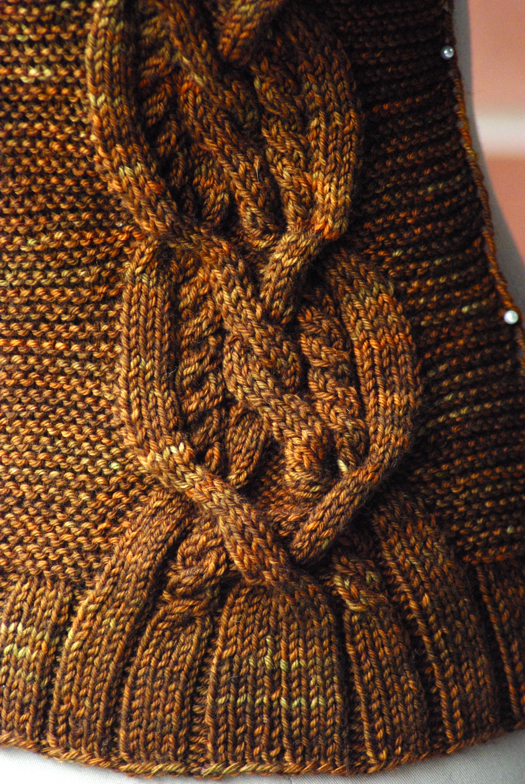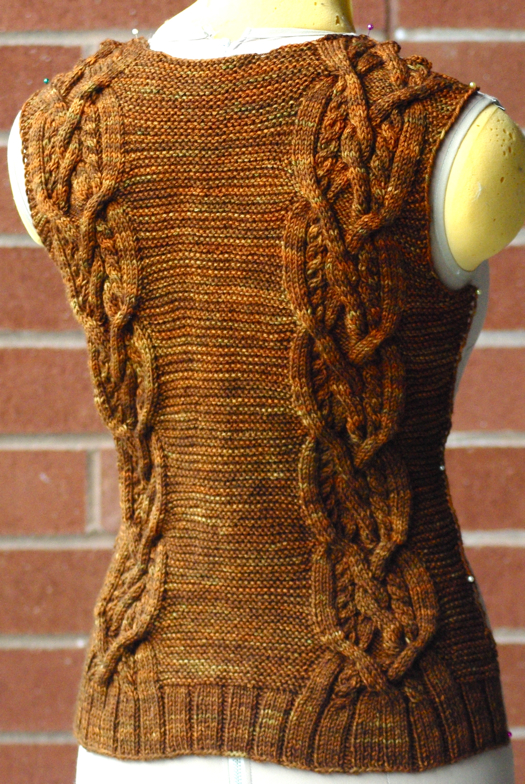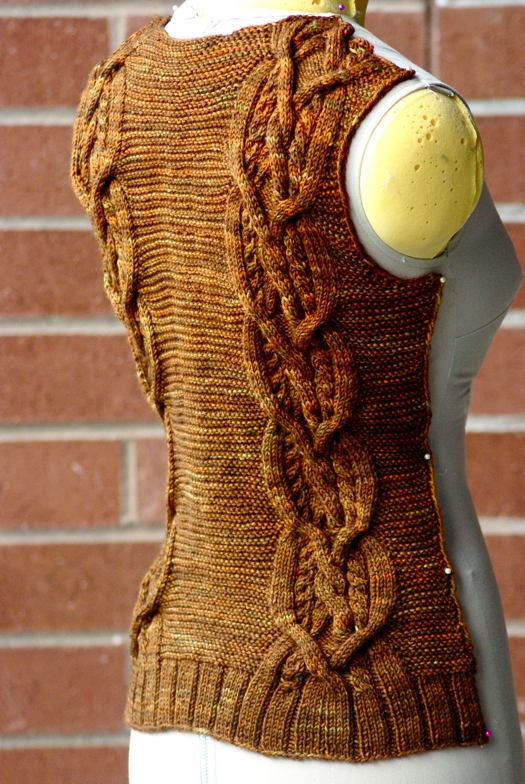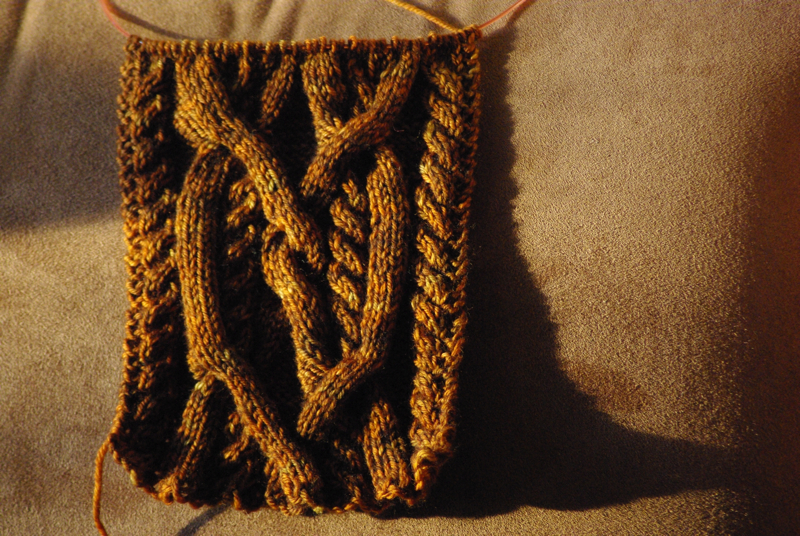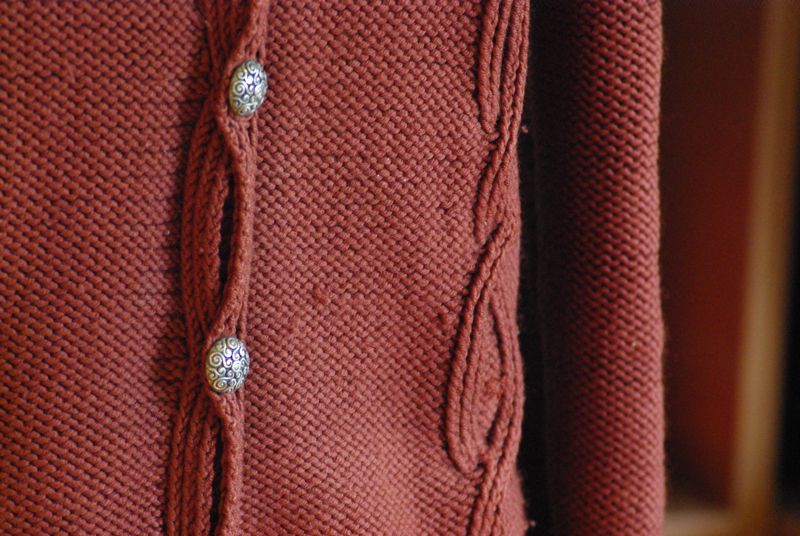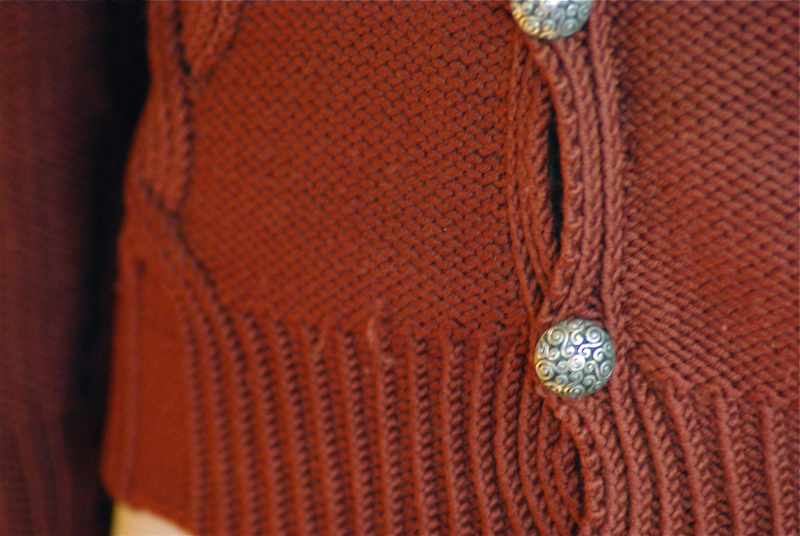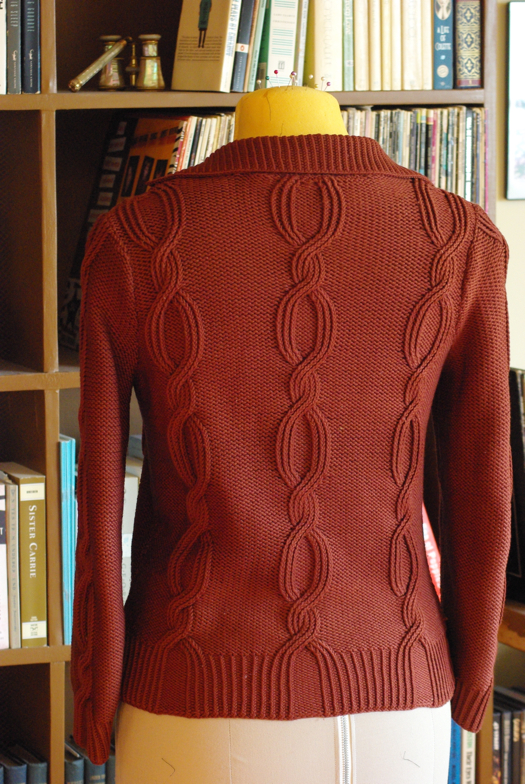Wow, thanks for all the thought-provoking comments on my introductory post to the influence series! Glad to know this is an interesting topic for people. Before I go on, a couple of housekeeping items:
- David is working on a blog update to make everything around here smoother and prettier, allow diacritical marks and non-English commenting, take the RSS feed out of hiding, and generally make the world a better place. So, sometime in the next week or so, the blog will go off-line for a day or so while he gets that up and running. Believe me, it'll be so worth it when it's done! I'm psyched.
- I've decided to comment back on the blog, rather than emailing people. I know that's kind of unusual in the knit-blogging world, but it's what all the book-bloggers do, and it's always felt more natural to me. So, unless you leave me a comment requiring a very personal response, expect a comment back on the blog rather than an email.
And now, where were we? Oh, yes.
Obviously, since I'm looking to replace my existing sweater in a number of my work ensembles, COLOR is part of the whole influence/inspiration matrix here, even though (if I recall correctly) I didn't make my cardigan in the same yarn or color as the original Kim Hargreaves model. Luckily, most of my outfits involve more color-coordination than color-matching, so I don't have to duplicate the exact shade. After looking around for a good long time, I decided on this gorgeous yarn, ordered from the always-delightful Erin at Eat.Sleep.Knit:
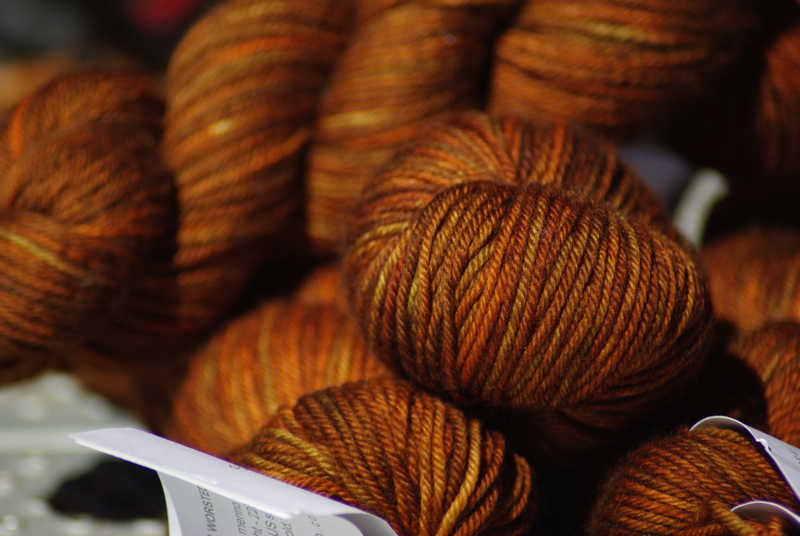
It's Madelinetosh DK, in the "Golden Hickory" colorway, and I'm so excited to finally work with this yarn. My choice here was itself an example of influence: so many of my knitting peers, notably Kate at Hello Knitty, were extremely enthusiastic, that I knew I had to give it a shot. A couple of things to note: my original sweater was knitted in Karabella Aurora 8, which is both a less variegated and a thicker yarn (worsted versus DK), although similarly smooth and round, making both great for cables. The DK weight means I have some room to play with some more complex pattern details, but the variegation means I'll need to keep those patterns bold in order for them to show up well. Luckily, "bold" is exactly what I had in mind.
Now, you probably noticed that Breeze involves lovely twisted-stitch patterning.
In fact, this is the design that introduced me to the idea of knitting through the back loop! THANK YOU, KIM HARGREAVES. I totally fell in love with the crisp, squared-off look I could achieve by twisting my stitches; I started doing it, and I never looked back. Lots of my own designs, including Julia, Wednesday, Caulfield, and Anney, involve twisted-stitch cables. Which is all well and good, but I might be getting just a TAD bit tired of twisted stitches. For a while now I've been wanting to explore the cushier, bulkier side of cabling, poring over stitch dictionaries and drooling over the big, bold, rope-style fisherman cables I found there. In particular, I was really digging this gorgeous thing, collected for posterity by the ubiquitous Barbara Walker:
(To quote you chapter and verse, this is the "Nautical Twisted-Rope Cable" featured on page 181 of Walker's Second Treasury of Knitting Patterns, colloquially referred to as "the red one.")
At this point, I was pretty pleased with how things were coming. The bold, bulky qualities of the cable were holding their own against the variegation in the yarn, the stitch definition at my chosen gauge was excellent, and the fabric I was getting was deliciously cozy. And at this relatively light weight, even such a bulky cable is capable of co-existing with a fitted garment. I especially like that this cable, although it has a completely different feel from the Breeze cable, preserves a nautical aura from the original. Whereas Breeze feels to me like something that would be worn by a young girl being taken out on a sail boat in the early summer, this cable seems more likely to be worn by the person actually sailing the thing. They are thematically linked, but each have their different flavors.
However, one of the things I really like about the Breeze pattern is the way the cables present a curved, almost scalloped edge against a textured, yet flatter, background. I decided to take out the 4X4 cables to the left and right of the center panel, and experimented with different possible "background" fabrics. Reverse stockinette, as featured in the original Breeze, does complement variegation well, but stockinette fabric was feeling anemic next to my multi-layered cable. Seed and moss stitch were other possibilities, but in the end I decided in favor of simplicity: some good old-fashioned garter stitch.
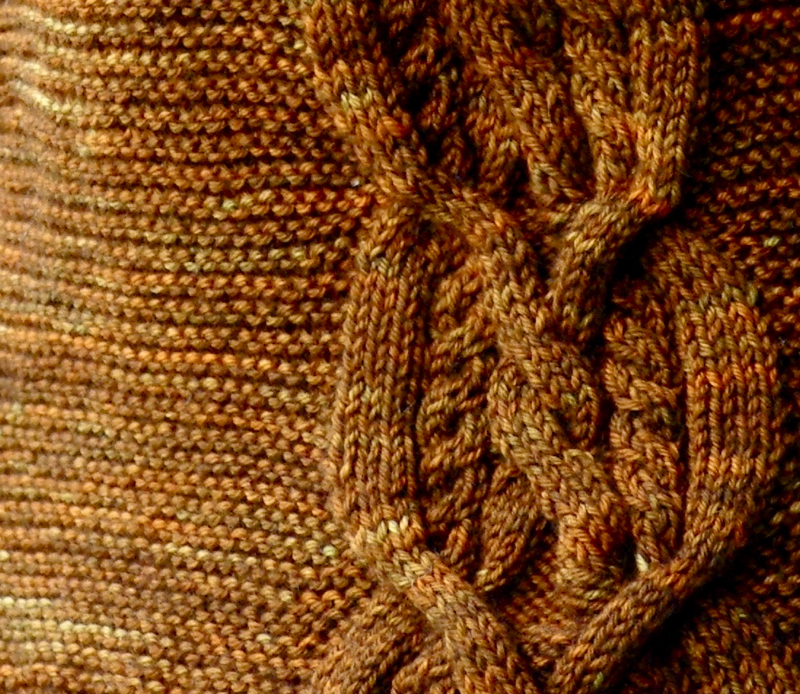
For some reason I've always shied away from garter stitch, but in this context I'm absolutely loving it! It provides my fabric with just the right amount of "cush" to complement the squishy cable, and it looks beautiful in this semi-sold/variegated yarn. I also like the way in which the horizontal lines it produces contrast with the vertical cable and help the cable pop out of the background. This cable/fabric combo is definitely something I would love to wear.
Up next: moving from micro to macro, and the finished sweater back!
Previous posts in the series:
